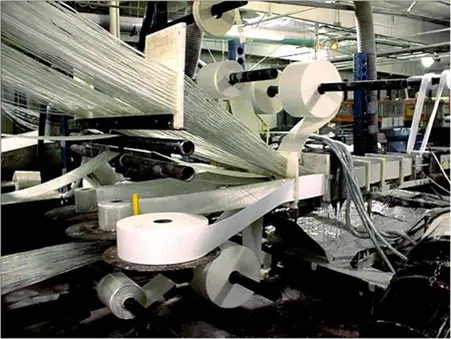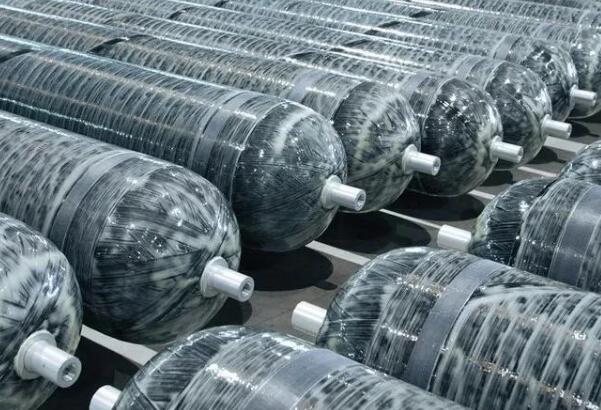Casting adhesive is a two-component room temperature curing adhesive, respectively, packaged in a metal hose, formulated from epoxy resin, curing agent, toughening agent, active diluent and a variety of high-quality fillers. It has good heat resistance, corrosion resistance and small shrinkage. And it can be used for cast iron, cast steel, cast aluminum and other castings of air holes, sand holes, pockmarks, including defects found in finishing, but also can be used as a general structural adhesive.
In order to make the casting adhesive and repair castings in the bonding interface to obtain a higher strength of the bond, the first requirement of the bonding on the surface of the bonded object has a good affinity, that is, the adhesive on the surface of the bonded metal infiltration. In order to obtain good infiltration, in the application of glue, the surface of the casting to be adhered to should have the appropriate surface condition, such as surface roughness should be taken when the appropriate surface treatment. In addition, when applying glue, let the glue fully infiltrate every micro-groove and fine seam on the surface to be glued.
First, surface treatment. The parts to be glued with sandpaper, copper wire brush or relevant tools for sanding, can also be used to sandblast rust or sanding with a wind-driven wire wheel. Cracks are small, because it is difficult to apply glue, then you can take the appropriate method of reaming, the size of the pockmarks, shrinkage holes should be appropriate reaming and remove the simplified layer. For some parts of the shrinkage of the pine and leakage, can take a large area coating or overall treatment approach, preferably within the coating. The first part of the sizing sanding, and skin considerations or other tools to blow clean the remaining rubbish, and then cleaned with gasoline or volatile organic solvents (toluene, acetone), etc., to be completely evaporated after the sizing, the thickness of the glue layer is controlled within 1mm.
Second, preheating. Winter temperatures are low, gel phenomenon when applying glue, must be bonded workpiece with spray, electric stove, oven to be tools for preheating to 30 ~ 50 °C can be. If the preheating temperature is too high, easy to produce blistering phenomenon when sizing, the temperature is higher than 20°C, sizing workpiece without preheating.
Third, glue adjustment. According to the required amount of A and B components in accordance with the prescribed ratio, extrusion on a clean glass (Note: a mixing amount of glue should not be too much, generally should not be more than 250g), with a glass rod or bamboo stick for mixing and mixing, the more uniform the better. Pay attention to the glue can not be left in the bubble. In winter, if the glue thickens and hardens, it can be preheated in a water bath at a temperature of 40~60°C, and then extruded and blended after it is completely softened. If the glue is too thick on the surface of the adhesive to become poor wettability, a number of uneven adjustment of the glue, will directly affect the adhesive force or curing glue layer soft, or even the glue layer is not cured and other phenomena.
Fourth, apply glue. Will be well-mixed glue coated in the treated adhesive or repair surface. To make the bonding interface fully bonded, avoid leaving gaps, otherwise it will greatly affect the bonding strength. Used to fill shrinkage holes, to prevent the gap in the hole and shrinkage after curing, the general adhesive layer should be higher than the surface of the object to be adhered to 1-2mm. In addition, the glue layer should not be too thick or too thin, if the glue layer needs to be thicker to take two or more times to apply glue, when the first initial solid, and then coated with the second layer. Bonding workpiece must be positioned to prevent misalignment of the bonding surface or glue layer overflow phenomenon.
Fifth, the active use period. After mixing the glue must be used up within 40min, if more than the use of re-use will affect the bonding effect.
Sixth, curing. Curing at room temperature takes 48h in winter, 24h in summer is fully cured. After curing 4h at room temperature and then heated to 80 °C and keep warm 2h can also be fully cured, and can improve the bonding strength of 20%. In order to obtain the ideal size and smooth surface, after curing the excess adhesive layer can be refined processing.
Seventh, storage. The glue needs to be stored in a cool and ventilated place, if the A and B components over the shelf life is still not hardened, you can continue to use, does not affect the bonding effect.
Eighth, timeliness. Castings with casting repair adhesive repair, in the end, how long can keep the adhesive layer is not stripped, which is also people are very concerned about. We run the factory at the beginning of the issue is attached great importance to the problem, a long time ago on the adhesive bonding of the timeliness of the test, that time repaired test pieces saved so far is still perfect. It is still unknown when the problem will occur. Generally speaking, as long as the workpiece repair site clean, proper application process, there is generally no degumming phenomenon, and thus the physical and chemical properties of the cured adhesive layer is quite stable, the bonding interface does not have any physical and chemical reactions occur. Unless high temperature or mechanical impact damage.
More information or free samples or price quotations, please contact us via email: sales@yqxpolymer.com , or voice to us at: +86-28-8411-1861.
Some pictures and texts are reproduced from the Internet, and the copyright belongs to the original author. If there is any infringement, please contact us to delete.




